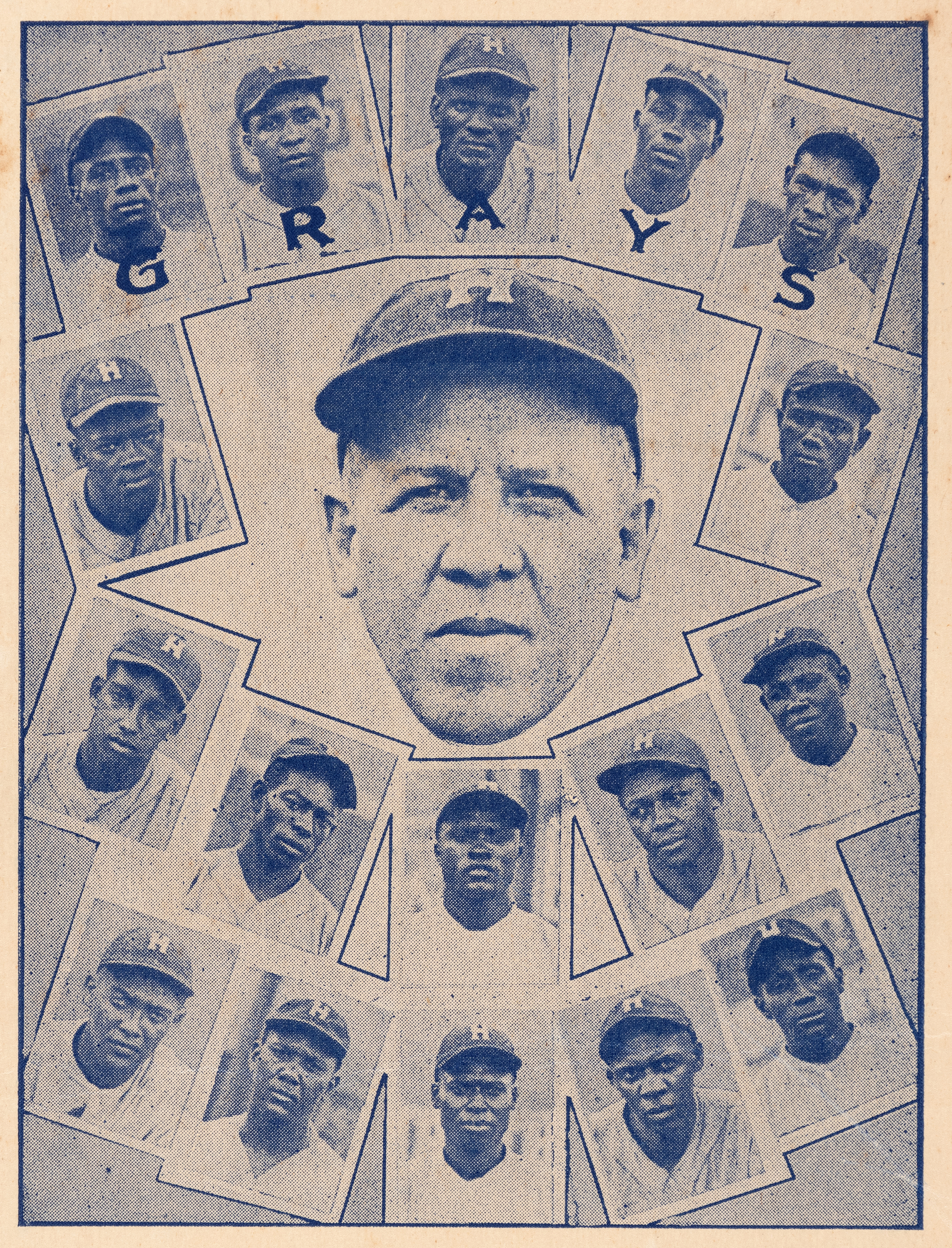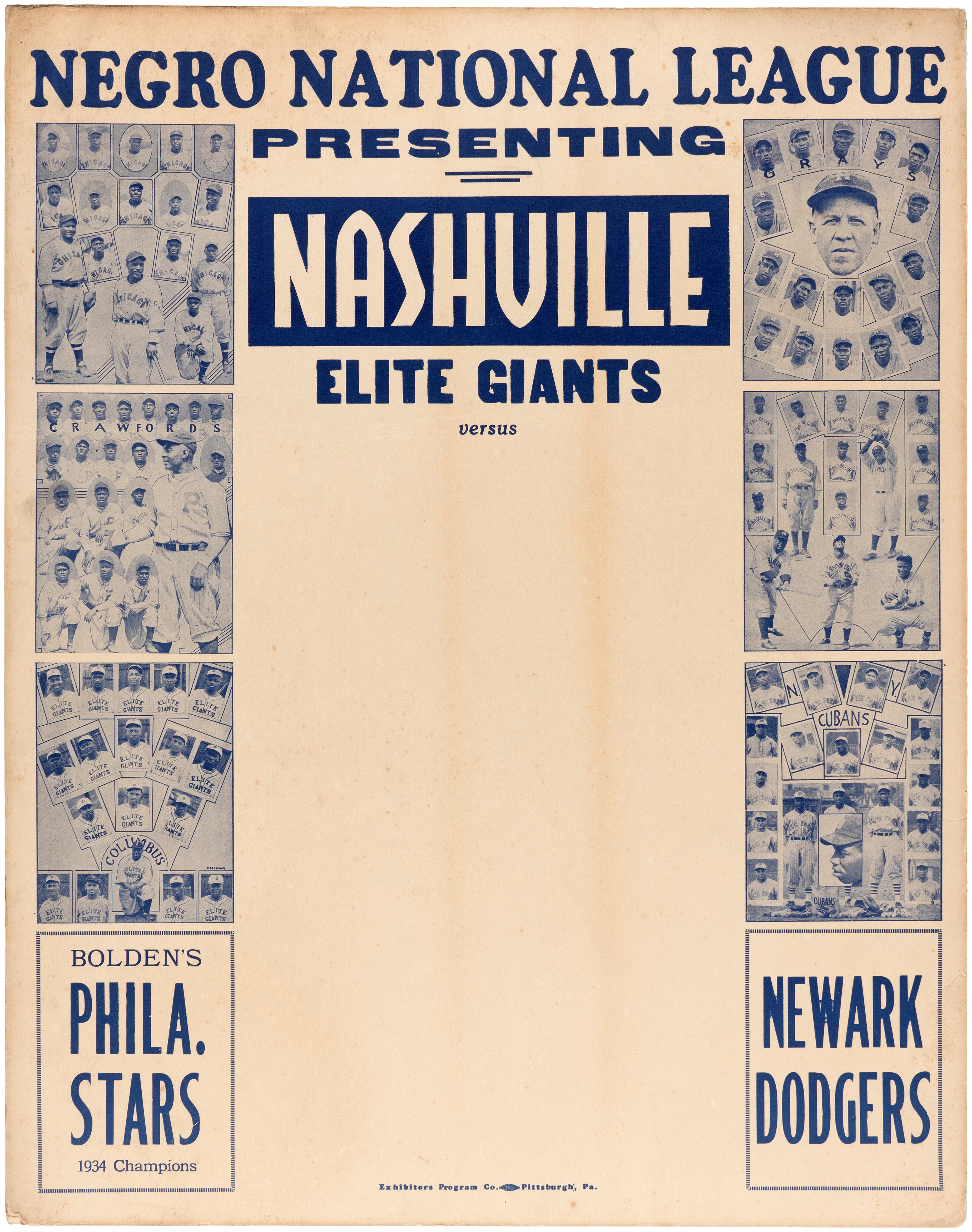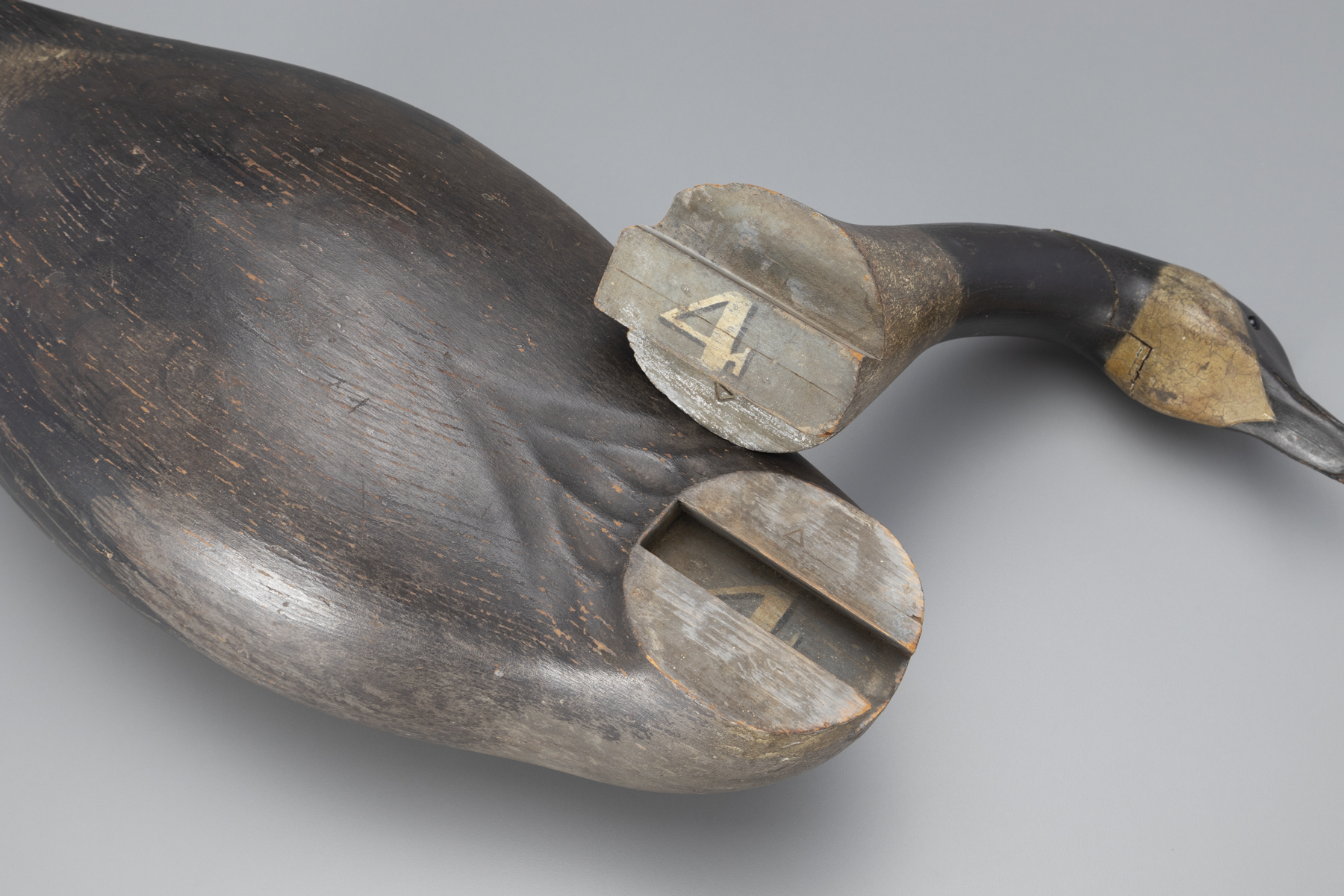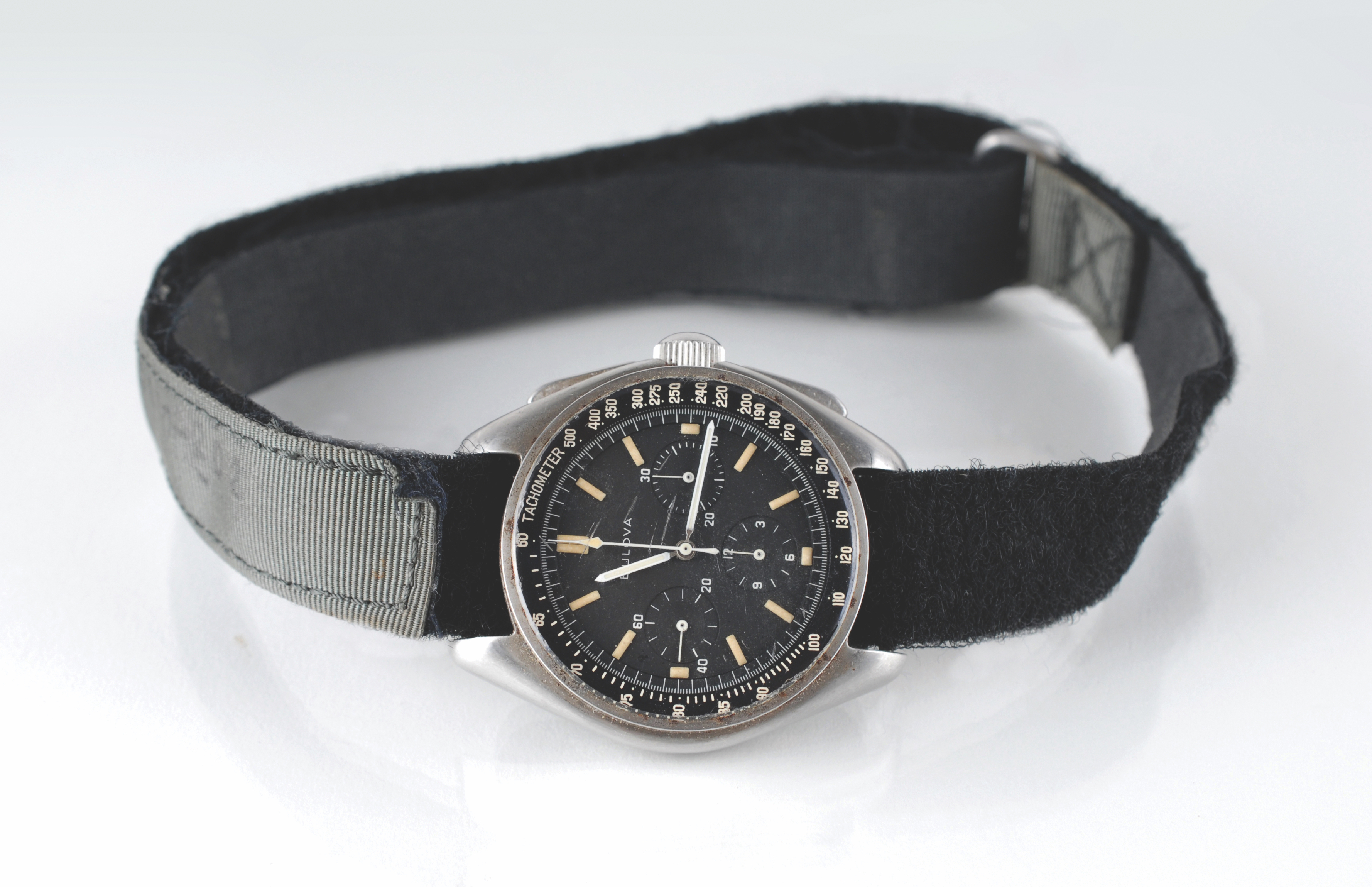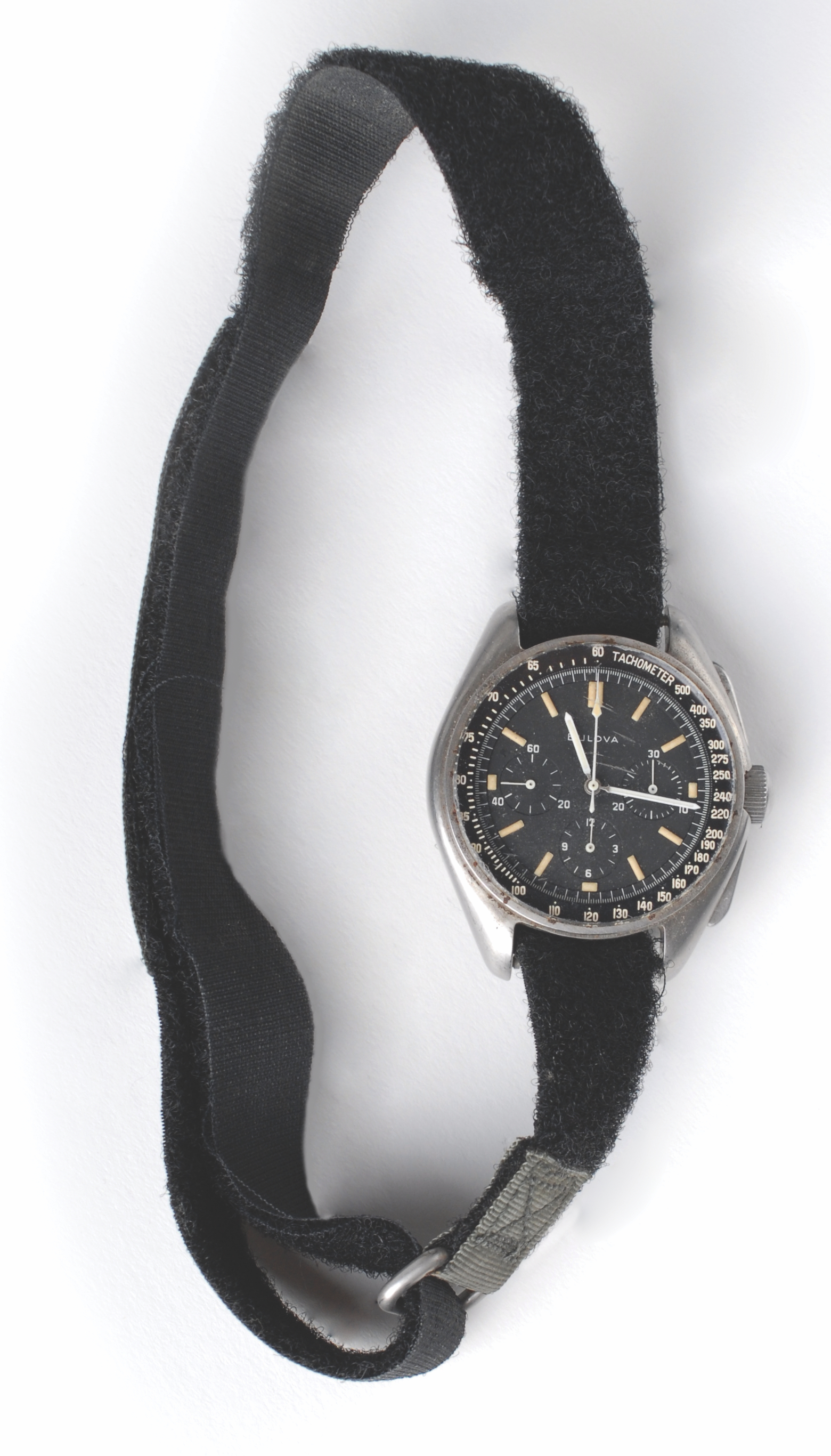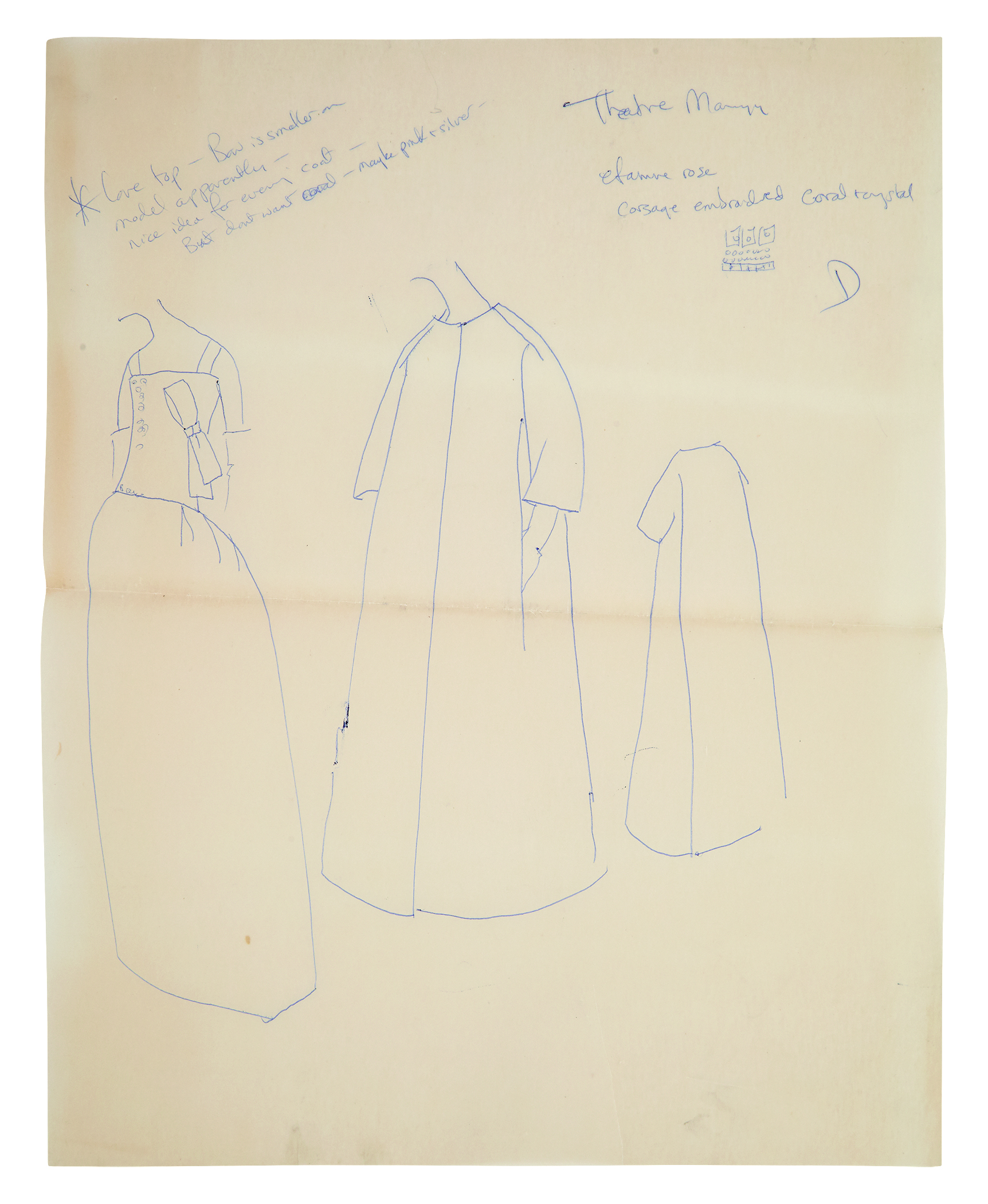WOW! A Lobby Card from Tod Browning’s “Freaks” Sold at Heritage Auctions for (Scroll Down to See)

Update: The 1932 lobby card from Freaks sold for $15,600.
What you see: An 11-inch-by-14-inch lobby card from the 1932 film Freaks. Heritage Auctions estimates it at $10,000 to $20,000.
The expert: Grey Smith, director of vintage movie poster auctions at Heritage Auctions.
How much 1932 promotional material from Freaks—lobby cards, posters, or otherwise—survives? Is it scarcer than promotional material made for other movies of its era? That period of the early 1930s is really a tough era to find significant posters from. Why is anyone’s guess. Freaks is as scarce as other horror films of the era. It had a very truncated release. The studio came under such criticism that it was pulled. Not a lot of paper [lobby cards, posters, etc.] got into the distribution chain. American paper, like this card, is scarce.
Did the studio deliberately destroy the posters and other materials it made to promote Freaks? That is unknown. I suspect, and this is purely a suggestion, when they pulled it, they trashed the paper.
But was it a “kill it with fire” trashing or more of a “don’t wanna pay rent on a warehouse to store leftover posters from this loser of a film” thing? It was probably a little bit of everything. My guess is when the film came under such scrutiny, perhaps they destroyed a lot of it. [Maybe the studio thought] “We can’t do anything with this property, let’s shelve it and move on.” The film sat on a shelf for 20 years. The other horror titles were so immensely popular, they used the paper up. It just got obliterated [from wear.] With Freaks, it was a different issue. They must have decided to destroy a lot of it. Why would they want 5,000 Freaks one-sheets sitting on shelves? They realized they’d had a lapse of better taste, and they had to shelve the movie pretty quickly. It’s really quite amazing to me that [the promotional material] did survive and get out to the public.
Could we talk a bit about how Freaks came about, how it was received, and how it became a cult classic? MGM decided it wanted to get on the gravy train that Universal was riding with Frankenstein and Dracula–‘Let’s produce our own horror films.’ Everybody suffered during the Depression, but what kept the doors open [at Universal] through the mid-1930s were horror films. Irving Thalberg went to Tod Browning, who was instrumental in getting Freaks made.
So MGM releases it, and what happens? I think people were really shocked to see human abnormalities on the screen. They titled it Freaks, but did people really expect to see people like that? I’m not sure they did.
Maybe it was the shift of frame? Until then, the public was used to seeing people billed as freaks in sideshows, inside tents. Maybe seeing them up on the silver screen, where they would normally see stars like Carole Lombard and Rudolph Valentino, was too much? The film did depict them in a sympathetic light, but also showed them as objects of ridicule. A number of people were offended. I suggest people thought, ‘Good heavens, in all decency, why depict [them] on screen?’ That’s why I believe it gained a cult following. It came out of the vault in the late 1940s and it was heavily screened and reviewed. There’s a huge fan base for it.
I haven’t seen the whole thing, but I’ve seen scenes, and read synopses of it, and I’m under the impression that Freaks is not a good movie–it had to include many different performers, and tried to string a bunch of vignettes into a plot… A lot of early sound films are sort of stage-bound–you don’t get really fluid camera movements. And I think the ending was tacked on. But you’re probably right. The characters are the story, essentially, and you’ve got a few bad people taking advantage of them. That’s the plot. People who saw it back in the day may have been shocked but thought, ‘What was that all about?’
Have people collected material from the original release of Freaks since the late 1940s, or did it start even earlier than that? Poster-collecting is rather a new hobby. If you were collecting paper in the 1950s, you were way ahead of the game. There was a lot of seeking-out of original posters for this film prior to the 1960s.
Is there a hierarchy of performers in Freaks–actors whose images collectors want more than the others? I think so, yes. The lobby cards [for Freaks] were an eight-card set. Two of them show groups of freaks. The title card, which is rare, depicts all the freaks. Those are the premium cards in the set. The card we have here, which shows a midget, is very desirable. It’s not what someone would call a “dead card.” A dead card in this set would be one without any freaks on it. It’s like having a Frankenstein lobby card without the monster on it. But it’s so scarce to find any cards from this title, it’s almost inconsequential.

This lobby card depicts Olga Baclanova and Harry Earles. What’s going on here? What scene is this? I haven’t watched the movie since I received this lobby card, and I don’t know where the scene falls in the film, but he’s wooing her and she’s reciprocating in a disingenuous manner. He’s just crazy about her. One of the lines on the poster is, “Can a Full Grown Woman Truly Love a Midget?“
One thing that jumps out at me as I look at the image of the lobby card is it’s… not that freaky. This could be a kid having a fancy dress-up afternoon with his aunt rather than a little person having cocktails with a beautiful woman. Are the other images created to market Freaks equally tame? I don’t think so. There are other cards in the set that are more graphic.
Maybe the MGM marketing department included this to let theater owners gage their audience, and show tamer images if they felt that would better sell the movie? Maybe so. I will say these cards, other than the title card, are not as salacious as they could be. They probably didn’t want to have an image of the pinheads front and center. The late 1940s [re-release promotional material] is much more freak-related and more of an exploitation thing. MGM was the classy studio. There was nothing Poverty Row about it. I see it [material for Freaks, and ask myself] ‘What were they thinking?’ It’s so against the grain, so out of their wheelhouse. But MGM was powerful enough, and had enough money, that it could produce a number of different films. They could produce something off-the-wall and see if it stuck.
How many other copies of this Freaks lobby card exist? Do we know? There’s probably at least one or two other copies, maybe three.
I realize this is the first time this Freaks lobby card has appeared at Heritage Auctions, but is this the first time one has ever gone to auction? It looks like a copy of the card did sell in 2001 [at another auction house] for $4,250.
The lot notes describe the card as “very fine.” What does that mean? It means it’s really in quite nice shape. It essentially means there’s almost no tears, no nicks, no dings, no pinholes. The colors are bright. It’s a very strong grade.
Do we have any idea how the lobby card survived so well? I don’t. Stuff still comes to light. The Dracula title card and scare card [offered in this sale] came from a collector I didn’t know existed. He contacted me out of the blue. You just never know.
How did you arrive at the estimate of $10,000 to $20,000? Did you base it on results for other Freaks lobby cards? The thing is, we haven’t sold any lobby cards from Freaks for a while. It’s what it should be bringing. Have I overshot? Have I undershot? Who knows? Often, it’s really an educated guess. I cannot see the future.
As of July 10, the lobby card had received a bid of $5,000. Does that mean anything? No, it means absolutely nothing. The activity doesn’t begin until it goes to the block.
What’s the world auction record for a piece from Freaks? We sold an insert in March 2009 for $107,550. It does picture the freaks, and it shows Baclanova and Earles embracing. Above that is written out, “Freaks”. You can tell they’re freaks, but its not really so, so obvious. You don’t see the legless man or any of that. They’re done in caricature. [MGM] was pulling its punches to some degree.
What is the lobby card like in person? It’s really pretty. The photos are a true and accurate representation. It’s got a beautiful, soft, Technicolor look. It’s really quite gorgeous. That’s why I’ve always been in love with lobby cards. They’re really just beautiful.

Why will this piece stick in your memory? Anything from this title will stick in my memory. Anytime I get items that are scarce or rare sticks in my memory. I’m impressed they survived. And it’s fun to see things we’ve never sold before.
How to bid: The Freaks lobby card is lot #86165 in the Movie Posters Signature Auction that Heritage Auctions is holding on July 27 and 28, 2019.
How to subscribe to The Hot Bid: Click the trio of dots at the upper right of this page. You can also follow The Hot Bid on Instagram and follow the author on Twitter.
Heritage Auctions is on Twitter and Instagram.
Image is courtesy of Heritage Auctions.
Grey Smith has appeared on The Hot Bid twice before, talking about a unique Japanese movie poster for The Seven Samurai and a 1934 poster for the nudist film Children of the Sun.
Would you like to hire Sheila Gibson Stoodley for writing or editing work? Click the word “Menu” at the upper right for contact details.




